Every student deserves to feel capable in the classroom. However, when hidden challenges like dyslexia, attention issues, or processing delays go unnoticed, school can feel discouraging. Learning disability assessments shine a light on these hurdles. With the right insights, teachers, parents, and students can work together instead of spinning their wheels.
What Are Learning Disability Assessments?
Assessing students with learning disabilities involves digging deep into how a child thinks, reads, writes, and solves problems. Specialists use both formal tests and informal observations to build a clear picture of strengths and struggles. Instead of guessing why a student freezes at writing or avoids math, teams get hard data.
An assessment might reveal strong verbal reasoning, but weak working memory. Armed with that insight, teachers can emphasize discussion-based projects while using memory aids like checklists.
Detailed profiles also help spot co-occurring issues, say attention challenges alongside reading hurdles, so support addresses the whole child, not just one symptom. Discussed below are five reasons why learning disability assessments are important for academic success.
Spot Challenges Early
When difficulties surface young, they are easier to address. Early testing prevents frustration and limits years of struggle. Imagine a seven-year-old who can’t keep up with reading assignments; without assessment, they may internalize failure.
By spotting issues in kindergarten or first grade, schools can introduce targeted reading interventions before gaps widen. This head start often cuts remediation time in half and keeps kids motivated rather than demoralized.
Accessing Appropriate Accommodations
Once needs are clear, schools can put accommodations in place. These might include extra time on tests, audio versions of texts, or math manipulatives. Some students benefit from assistive technology such as text-to-speech software or word-prediction apps, which helps to level the playing field.
Personalized Instruction Drives Progress
Good instruction relies on evidence. Standardized tests, observation checklists, and one-on-one cognitive evaluations reveal how a student processes letters, numbers, or instructions. Teachers then adjust pacing, slowing down complex topics or offering mini-breaks during long tasks. They might introduce multisensory activities, like tracing letters in sand or pairing audio with text.

These data-driven tweaks boost memory retention, reduce error rates, and translate directly into better grades and greater classroom confidence.
Boosting Student Self-Advocacy
Midway through this support journey, assessing students with learning disabilities becomes a turning point. When kids see their struggles as specific challenges, and not personal failings, they become self-advocates.
A middle-schooler who learns they have ADHD may stop blaming themselves for inattention and instead request strategies like structured timers or written instructions. This shift from shame to advocacy builds lifelong skills: knowing how and when to ask for help is as crucial as any academic tool.
Strengthening Home–School Partnerships
Assessment teams include more than teachers and psychologists. Parents, too, play a critical role. Family input helps paint a full picture of a child’s learning environment. Does the student read daily at home? Are there language differences?

By involving families in the assessment process, schools tap into valuable context and ensure strategies carry over outside the classroom. Consistent support at school and home accelerates progress.
Endnote
Learning disability assessments do more than diagnose; they empower. They turn frustration into clear action plans, helping students build real skills and self-belief. When schools commit to timely, thorough evaluations, they invest in every learner’s future. With the right assessment at the right time, every student can thrive.

